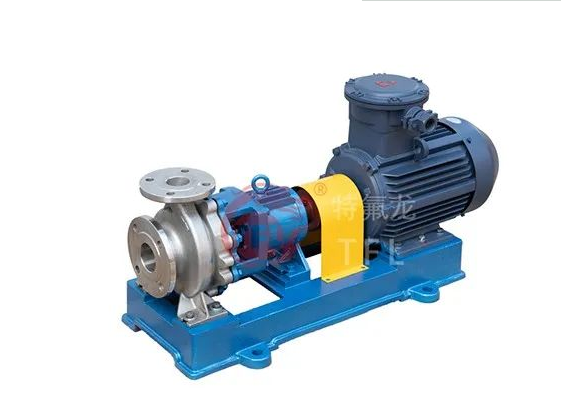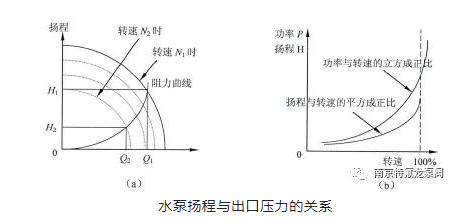
One of the important parameters of the water pump is the lift, which is defined as the height that the pump can lift water, usually represented by the symbol H, and its unit is meters. The pump head is based on the centerline of the impeller and consists of two parts. The vertical height from the center line of the pump impeller to the water surface of the water source, that is, the height that the pump can suck up the water, which is called the suction lift, or suction lift for short; The height is called the pressure water head, or the pressure head for short.

The pump head is the sum of the suction head and the pressure head. It should be pointed out that the head indicated on the nameplate refers to the head that the pump itself can generate, and it does not include the head loss caused by the frictional resistance of the water flow in the pipeline. When choosing a water pump, be careful not to ignore it. Otherwise, the water will not be pumped.
The pump pressure and head have the following relationship, namely: P=pgH;
In the formula, P: pressure difference (unit Pa) p: density of medium (unit: kg/m3);
g: acceleration of gravity, generally 9.8m/s2 H: lift (unit is m);

From the above relationship, as long as the density and lift of the medium are known, the outlet pressure of the multi-stage water pump can be calculated. On the contrary, as long as the inlet and outlet pressure of the multi-stage water pump and the density of the medium are known, the height that the medium can reach can be calculated. For a medium with the same density as water, it can be roughly considered that a pressure difference of 1MPa is equal to a lift of 100m.
Therefore, it can be said that the lift and pressure of the multi-stage pump are a constant relationship, which is an equivalent value.